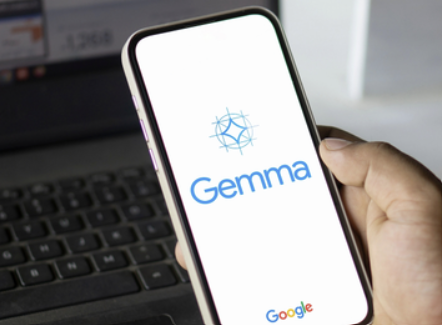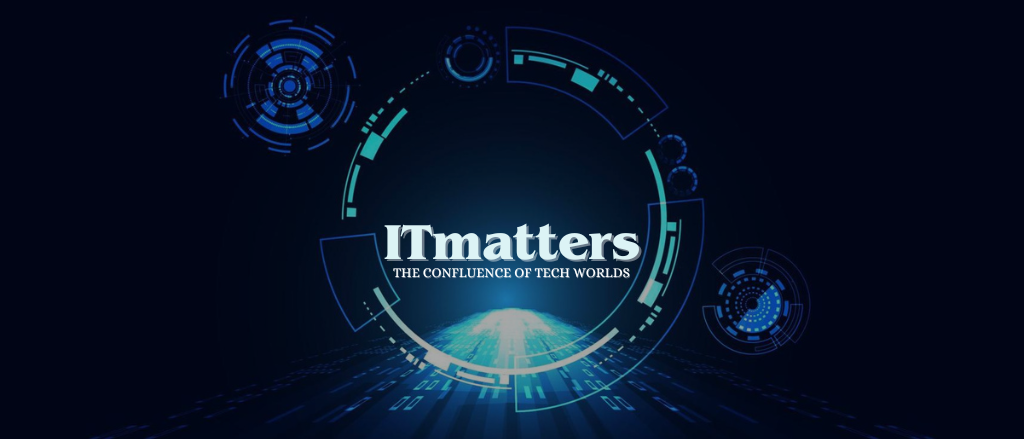
Gemma 3: A Lightweight AI Model for Phones & Laptops
Google has announced Gemma 3, a new lightweight AI model that aims to set a benchmark in efficiency and performance. This move comes after China’s DeepSeek gained attention with its compact yet powerful AI models that work well on low-end devices.
Gemma 3 is part of Google’s strategy to remain competitive in the AI landscape. It is designed to run on mobile devices and laptops while maintaining strong performance. With four different sizes, the smallest being just 1 billion parameters, it is set to challenge rivals like DeepSeek-V3, Meta’s Llama-405B, and OpenAI’s o3-mini.
What Makes Gemma 3 Stand Out?
Google claims that Gemma 3 is its most advanced open AI model to date. Unlike earlier models, it offers a larger context window of 128,000 tokens. This means it can process and remember more information in a single go, improving responses and efficiency.
The AI model is designed to work efficiently on a single AI accelerator chip. This feature makes it highly accessible for developers and users who want AI-powered solutions on portable devices.
A Step Forward in AI Safety
One of the biggest concerns with open-source AI models is safety. Since they are not under strict company control, they pose risks such as misinformation, harmful content, and biased outputs. Google has assured that Gemma 3 has undergone rigorous testing to minimize these risks.
Along with Gemma 3, Google has introduced ShieldGemma 2, an image safety checker. This tool helps developers detect inappropriate content in pictures, making AI usage safer.
Google’s Push into Robotics
AI is not the only area where Google is making progress. The company is also advancing its work in robotics through DeepMind. Two new AI models, Gemini Robotics and Gemini Robotics-ER, are designed to help robots understand and interact with their surroundings.
- Gemini Robotics: This model translates natural language instructions into actions. It can adapt to changing environments and handle complex tasks, like folding origami and packing bags.
- Gemini Robotics-ER: This model specializes in spatial reasoning. It helps robots determine the best way to handle objects safely. For example, it can assess how to lift a coffee mug correctly.
These advancements mark Google’s return to the robotics industry after stepping back from its previous Everyday Robots project. With AI-powered robotics, Google aims to enhance automation and human-robot interactions.
The Future of AI and Robotics with Google
Google’s latest AI and robotics initiatives reflect its commitment to innovation and safety. Gemma 3’s lightweight design makes AI more accessible to users, while ShieldGemma 2 ensures safer digital experiences.
The robotics division is also moving forward with models that enhance robotic intelligence. With Gemini Robotics and Gemini Robotics-ER, Google is pushing towards a future where AI-driven machines can perform tasks with human-like precision.
As AI technology evolves, Google’s focus remains on making AI smarter, safer, and more efficient. Gemma 3 is proof that lightweight models can still deliver powerful performance, making AI more practical for everyday users.
